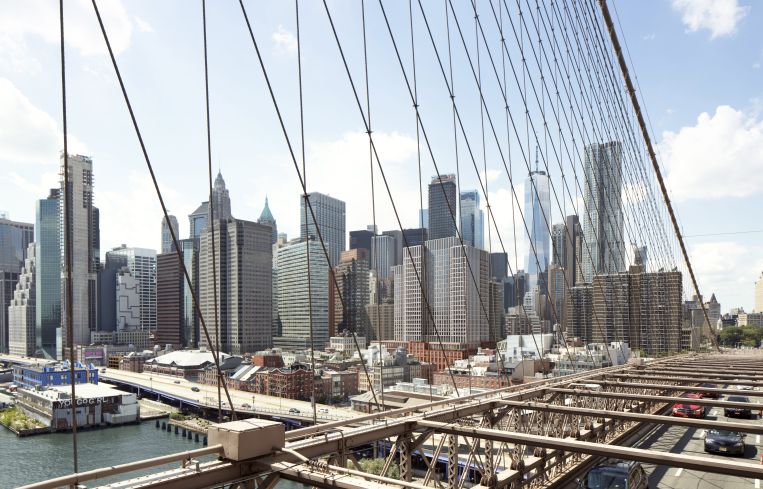Judge Dismisses Legal Challenge Against Howard Hughes’ Seaport Tower
By Celia Young October 6, 2021 1:33 pm
reprints
A lawsuit seeking to overturn the approval of Howard Hughes Corporation’s controversial Seaport tower was dismissed on Monday after working its way through the courts since May, but those entities protesting the 250 Water Street project said the fight isn’t over.
A coalition of groups — including Save Our Seaport, the South Street Seaport Coalition and Children First — sued the New York City Landmarks Preservation Commission in Manhattan State Supreme Court on May 17, arguing that the development of a 324-foot-tall skyscraper in the historic district threatened the community’s property values, distinctness from the downtown, views and natural light.
It further alleges that Landmarks’ approval of the tower was illegal, unfairly influenced by city officials and against court precedent, Crain’s New York Business first reported.
But Judge Arthur Engoron ruled that the case was not appropriate for judicial review because Landmarks’ decision was not final. While Landmarks approved the design of the building, it hadn’t yet given the green light on its construction, Engoron wrote. He also wrote that immediate action was not necessary to avoid harm to the petitioners, as the coalition had argued.
“Petitioners claim that [Landmarks’ decision] is causing immediate, concrete harm because they will (or at least may) have to challenge the project in the Uniform Land Use Review Procedure (‘ULURP’), because property values will fluctuate, because anxiety will increase, because decisions will have to be made under shorter deadlines, etc.,” Engoron wrote. “However, as respondents argue, none of these are legally cognizable injuries. … Life is full of uncertainty not giving rise to causes of action.”
The typically seven-month ULURP process would be used to approve a special permit for the building’s height and to transfer air rights to the building from the neighboring Pier 17 and Tin Building, which Howard Hughes controls, The Architects Newspaper reported.
The coalition against the development told Crain’s the judge decided against intervening based on the timing of the case, rather than the case’s merits, and that it’s considering further legal action. Howard Hughes, however, was pleased with the decision.
“We appreciate the court’s thoughtful review and quick dismissal of this lawsuit,” a spokesperson for Howard Hughes said in a statement to Commercial Observer. “Supporters around the neighborhood and across the city agree with transforming the parking lot at 250 Water Street into an architecturally distinguished building that is appropriate to the historic district.”
Howard Hughes’ $850 million tower would be more than 300 feet tall and ascend 25 stories into the air covering about 550,000 square feet, CO reported. Its 270 residential units are less than what the developer wanted to build when it first proposed plans for two 470-foot towers with 360 apartments.
The developer controls much of the historic Seaport district through a long-term lease with the city, as CO previously reported. The company has overseen several developments in the area over the last 10 years, ranging from replacing a failing mall at Pier 17 with an office and entertainment venue to restoring the historic Tin Building. It’s also been credited for an influx of high-end retail and restaurant tenants.
Landmarks and Save Our Seaport did not immediately respond to requests for comment.
Celia Young can be reached at cyoung@commercialobserver.com.


